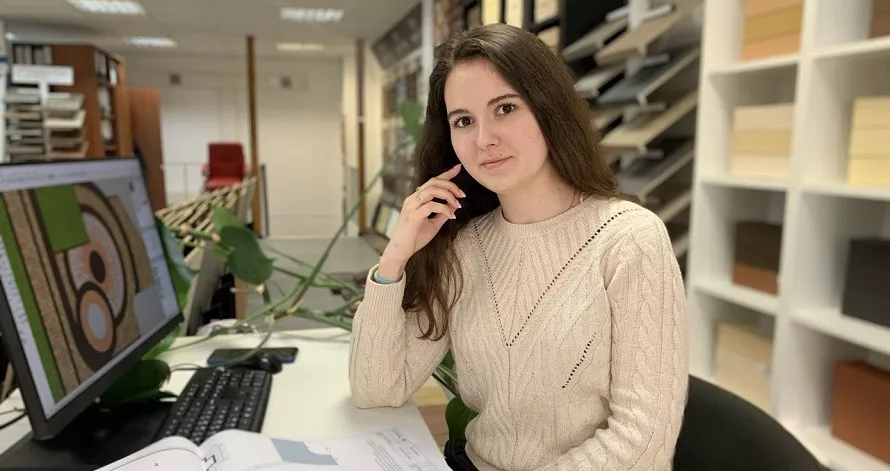
The long-awaited purchase has been made and now the country plot is yours. The house is built, the fence is installed, and you need to develop the territory. To create the garden of your dreams and not make a mess, it is better to immediately contact professionals. A competent landscape designer will help you plan the areas of the plot, decide on the shape of the paths, think over the landscaping, save the budget, and also set the mood and your unique atmosphere.
In this article, we will tell you how to hire a competent and suitable specialist who will help you create a garden that you never dreamed of.
1. Start with self-analysis
Before looking for a landscape designer, take some time to do some soul-searching, namely, decide what service you ultimately want to receive:
- Do you need a turnkey landscaping project or is professional consultation sufficient?
- What budget are you willing to spend on creating a landscape project and what expenses do you plan for landscaping in general?
- Decide on the composition of the project. For example, do you need sections with lighting and irrigation or is a path plan sufficient?
- What project timeframes are acceptable to you?
- Are you ready to dive into collaborating on a project or do you want to be minimally involved?
Compare the services of several landscape designers that interest you. These may be freelance specialists, small landscape bureaus, or large specialized companies. Based on the self-analysis data on the deadlines, budget, and depth of the project development, narrow down the circle.
2. Look at the portfolio
One of the most important indicators of professional work is the presence of a portfolio. It is important to see examples of the specialist’s work and understand whether his style suits you.
Pay attention to the uniqueness of each project made by a landscape designer. There are specialists – generalists, ready to make a project for a site of any size, any complexity depending on the relief or the chosen style. But some will specialize in a certain task. For example, “multi-level gardens”, “minimalist gardens”, “garden project for 50 acres”, etc. In any case, the work should not be identical. The projects may repeat some details, the range of plants, and the general idea or style can be traced, but each garden should have something unique.
3. Test the knowledge of the landscape designer
A landscape designer is a broad-based specialist. He or she must know the basics of such sciences as architecture, dendrology, engineering construction, design, and materials science.
The specialist should be ready to answer your questions and not be afraid to say what he is not a professional in. If you still have doubts, ask a couple of questions to the specialist. Examples of questions that can be asked:
- What features of the site should we pay attention to?”
- What style solution can you recommend to us?”
- What kind of foundation for the paths do you recommend for us?”
- What plants are best for a particular area?”
4. Keep track of what questions the landscape designer asks and what primary data he requests for the design
A professional landscape designer will build a dialogue in such a way as to reveal all your “wants”. The specialist will record all the data received and ask clarifying questions.
The specialist must have, in addition to your wishes, data for design. This may be a situational plan concerning existing objects (buildings, vegetation, paths) or a topographic survey. The specialist himself can offer his services in measuring the site or using the data you provide. To make a final decision regarding the choice of a landscape designer, wait for the technical specifications of your candidates and check who “heard” your wishes.
5. Be careful with companies that sell planting material
These may be organizations that create their projects only based on existing plants from their nursery. As a rule, the main task of such companies is to sell expensive planting material, and not the beauty and convenience of your garden. It is better to immediately clarify with the designer or company representative where they get the planting material, subject to sale. There is nothing wrong with the company buying plants from other nurseries. In most such cases, planting material is purchased directly for your project, carefully selecting each plant.
6. Work only under contract
Insist that a contract be concluded between you and the specialist (company), which will specify the work order, payment, project composition, etc. A real professional will never refuse to work under a contract. The most important thing is to carefully read the contract and look at the list of documentation included in the project. Make sure that it completely satisfies you. Often, problems between the designer and the client arise from misunderstandings and unjustified expectations.
This is a rough list of tips for choosing a specialist. Whoever you turn to, do not forget that in landscape design, the personality of the designer is important. Only someone who has heard your wishes and understood your taste can create the garden of your dreams.